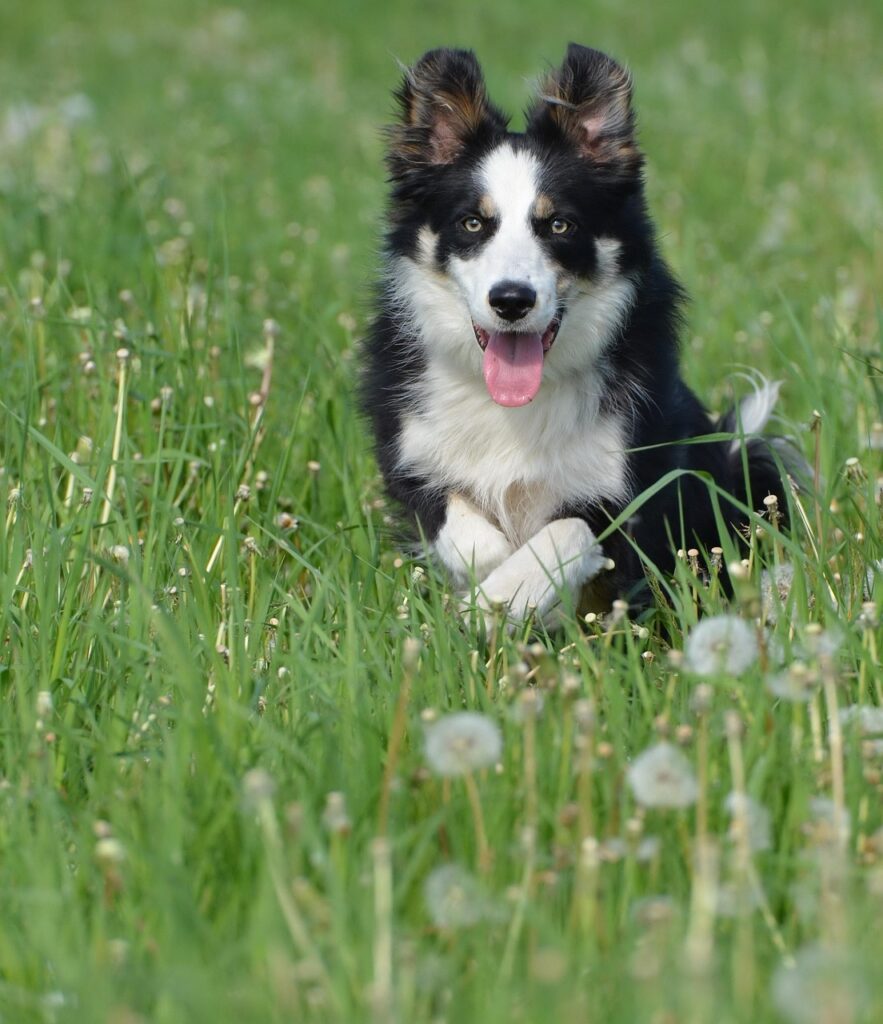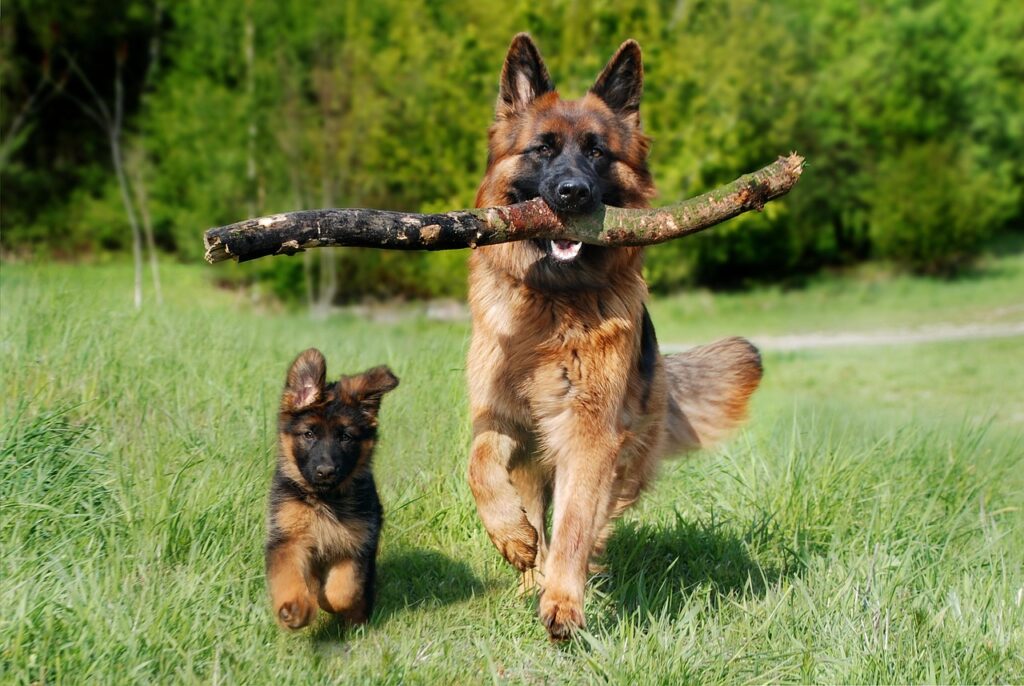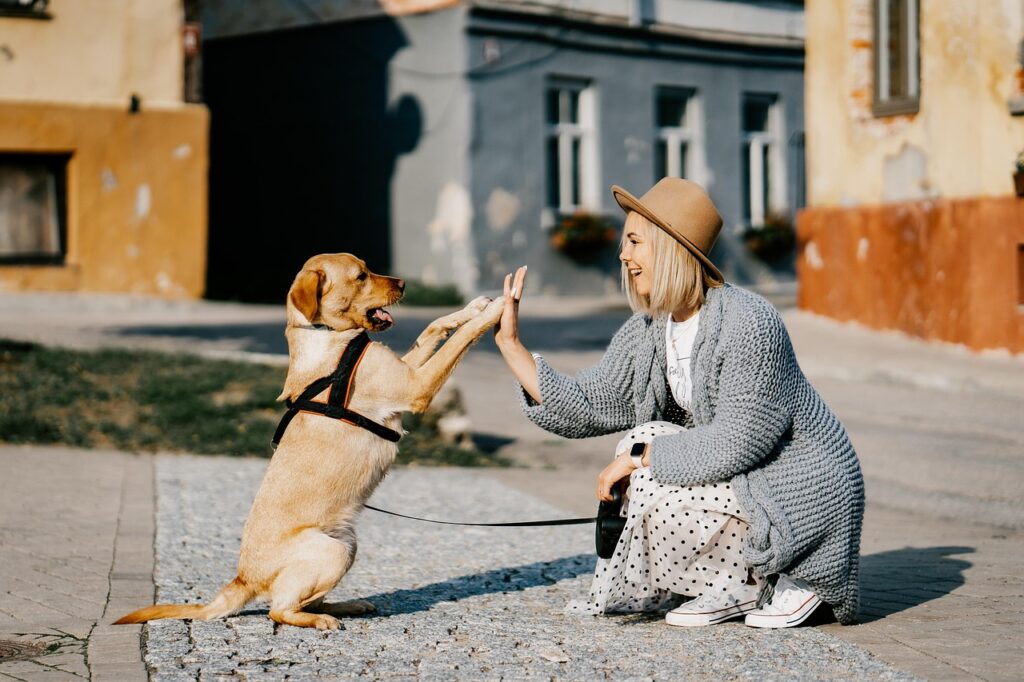
Dogs are known for their playful and loving nature, and one of the most common ways they express themselves is through tail wagging. But have you ever wondered why dogs wag their tails? This article will explore the various reasons behind this behavior, the different types of tail wags, and what they mean in terms of canine communication.
Understanding Canine Communication
Dogs communicate in many ways, and tail wagging is one of the most noticeable forms of expression. While humans use spoken language, dogs rely on body language, vocalizations, and, of course, tail movements to convey their feelings and intentions. Tail wagging is not just a simple action; it can reveal a lot about a dog’s emotional state.
When a dog wags its tail, it is often a sign of happiness or excitement. However, the meaning can change based on the position of the tail, the speed of the wag, and even the dog’s overall posture. Understanding these nuances can help us better interpret what our furry friends are trying to say.
The Science Behind Tail Wagging
Tail wagging is primarily a result of the dog’s emotions and instincts. When a dog is happy, its brain releases neurotransmitters like dopamine, which can trigger a tail wag. The wagging itself is controlled by the muscles at the base of the tail, and different emotions can cause different types of wagging.
Research has shown that the direction in which a dog wags its tail can also convey different meanings. For instance, studies indicate that dogs tend to wag their tails to the right when they are happy and to the left when they are anxious or apprehensive. This might suggest that our pets have a more complex emotional life than we often realize.
Types of Tail Wags

Not all tail wags are the same. The speed, direction, and height of the wag can provide insight into what a dog is feeling. Here are some common types of tail wags and their meanings:
1. **Fast and High Wagging**: This usually indicates happiness and excitement. Your dog may wag its tail vigorously when greeting you after a long day or when anticipating playtime.
2. **Slow Wagging**: A slow wag can indicate uncertainty or caution. Your dog may be unsure about a new situation or person and is trying to gauge the environment.
3. **Side-to-Side Wagging**: When a dog wags its tail back and forth, it can indicate friendliness and openness. This is often seen when dogs meet each other or when they are comfortable in their surroundings.
4. **Tail Between Legs**: While not a wagging motion, a lowered tail can signify fear or submission. If you notice your dog with its tail tucked, it might be feeling scared or anxious.
5. **Circle Wagging**: Some dogs wag their tails in circles when they are extremely excited. This is often seen in dogs greeting their owners after being apart for a while.
Tail Wagging and Social Interaction
Dogs are social animals, and their ability to read body language, including tail movements, helps them interact with other dogs and humans effectively. Tail wagging can serve various social functions, such as greeting, signaling friendliness, or even asserting dominance.
When dogs meet, they often wag their tails to communicate their intentions. A dog that approaches another with a high and fast wag is usually expressing excitement and a desire to play. Conversely, a dog that approaches with a slow wag and a lowered tail may be signaling submission or nervousness.
Understanding these social cues can enhance our interactions with dogs and help us create a more positive environment for them. It allows us to recognize when our dog is comfortable and when it might be feeling threatened or anxious.
The Role of Tail Position in Communication

The position of a dog’s tail plays a significant role in how their emotions are communicated. Dogs can express a range of feelings based on whether their tails are held high, low, or in between.
A tail held high usually indicates confidence and happiness. When a dog is excited, you might notice its tail raised and wagging vigorously. On the other hand, a tail held low or tucked between the legs can signal fear or submission. This is often seen in situations where a dog feels threatened or uncertain.
Moreover, the way a dog carries its tail can impact how other dogs and humans perceive it. A confident dog with a high tail may attract more social interactions, while a dog with a tucked tail may prefer to avoid contact. Understanding these signals can improve our interactions with dogs and help us create a safe, supportive environment for them.
Tail Wagging and Breed Differences
Different dog breeds may have unique tail wagging styles and communication methods. For example, breeds with longer tails, such as Golden Retrievers, tend to have more pronounced wagging movements. In contrast, breeds with shorter tails, like Bulldogs, may wag their tails less visibly.
Additionally, breed temperament plays a role in how a dog wags its tail. Some breeds, like Labrador Retrievers, are generally more expressive and social, often wagging their tails vigorously in excitement. Others, like Shiba Inus, may be more reserved and cautious, resulting in slower, more controlled tail movements.
Being aware of these breed-specific behaviors can help dog owners interpret their pets’ feelings more accurately and respond appropriately to their needs.
How Tail Wagging Affects Human-Dog Relationships

Understanding tail wagging can significantly impact the bond between humans and dogs. When we can accurately interpret our dog’s emotions, we can respond in ways that strengthen our relationship. For instance, if your dog is wagging its tail excitedly to greet you, responding with affection and play can reinforce that positive feeling.
Conversely, if you notice your dog wagging its tail slowly and cautiously, it may be wise to approach with care. Providing reassurance and a calm demeanor can help your dog feel more secure and confident.
Building a strong bond with your dog involves recognizing and responding to their emotional signals, which tail wagging is a vital part of. The more you understand your dog’s body language, the deeper your connection will become.
Conclusion
Tail wagging is a fascinating aspect of canine behavior that offers insight into a dog’s emotions and intentions. From expressing joy and excitement to signaling caution or fear, a dog’s tail movements are an essential part of their communication repertoire. Understanding the different types of tail wags and their meanings can help dog owners foster better relationships with their pets, ensuring a more harmonious coexistence. By paying attention to tail position, speed, and overall body language, we can decode what our furry friends are trying to tell us, enhancing our interactions and deepening our bond.
FAQs
1. Do all dogs wag their tails in the same way?
No, tail wagging can vary significantly among different breeds and individual dogs. Each dog may have its unique style of wagging based on personality and breed traits.
2. Can tail wagging indicate aggression?
Yes, while many tail wags indicate friendliness, some can indicate agitation or aggression, especially if the tail is held high and stiff. It’s essential to consider the dog’s overall body language.
3. Should I be concerned if my dog is not wagging its tail?
If your dog is typically expressive but suddenly stops wagging its tail, it may be experiencing discomfort or health issues. It’s a good idea to consult a veterinarian if you notice significant changes in behavior.
4. Is there a difference between a dog wagging its tail and a dog with a stiff tail?
Yes, a wagging tail generally indicates positive emotions, while a stiff tail can signal tension or aggression. Observing the dog’s overall posture and demeanor is crucial for accurate interpretation.
5. Can dogs wag their tails when they are sleeping?
Yes, dogs can wag their tails during sleep, often indicating that they are dreaming. This behavior is typically harmless and normal.





